Communication cables are cables for transmitting telephone, telegraph, fax files, TV and radio programs, data and other electrical signals. They have the advantages of large communication capacity, high transmission stability, good confidentiality, and less affected by natural conditions and external interference. Below, Optical Fiber Cable Factory introduces the characteristics and applications of different communication cables:
1. According to the type of cable
1. Single wire
It refers to the most primitive communication cable, a single-conductor loop, with the earth as the regression line.
2. Symmetrical cable
A loop is formed by two wires that are identical under ideal conditions. There are two types of high frequency and low frequency. The highest transmission frequency of high frequency can reach 800 kHz, correspondingly, 180 telephone lines can be opened in one circuit; the maximum transmission frequency of low frequency is generally less than 252 kHz, which is equivalent to 60 lines can be opened in one circuit. Telephone.
3. Coaxial cable
The inner and outer conductors on the same axis form a loop, the outer conductor surrounds the inner conductor, and the two are insulated at the same time. Coaxial cables are mostly used as long-distance communication trunk lines, open multi-channel carrier communication or transmit TV programs, and are also used for high-efficiency data information transmission.
Two, according to the application
1. Long distance cable
The transmission distance is long, and it is generally used for multiplexing. Most of them are directly buried underground. In a few cases, they are installed overhead or installed in pipelines.
2. City cable
The wires in the cable are "in pairs" and there are many pairs. It is generally installed in pipelines, and a small number of city cables are attached to buildings or installed overhead.
3. Local cable
It mainly refers to the communication cables used in the telecommunications bureau, which are generally installed on the distribution frame, and some are installed in the wiring trough; the office cable is used between the transmission equipment and the switching equipment in the telecommunications bureau, and inside other intra-office equipment. In order to prevent fire inside the telecommunications bureau, it is sometimes necessary to add a flame-retardant sheath to the bureau cables.
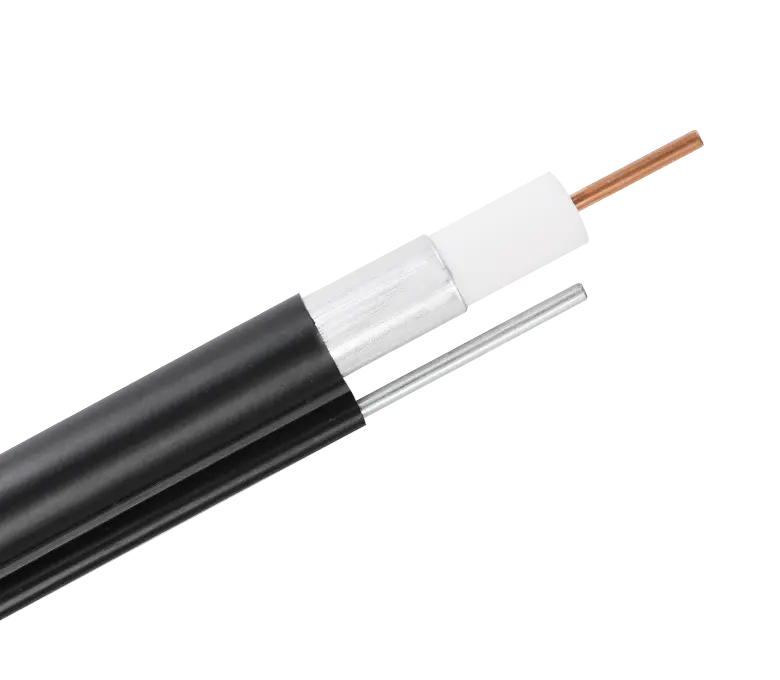
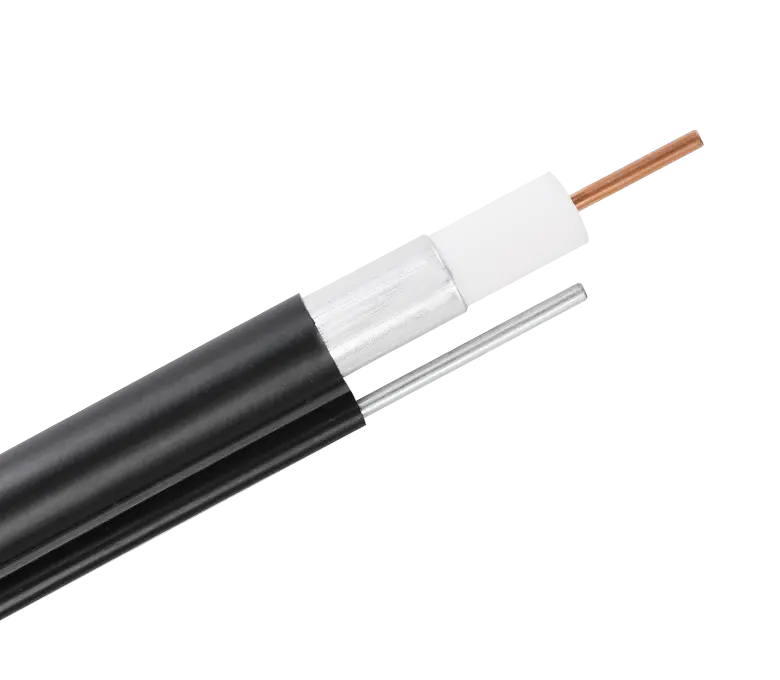
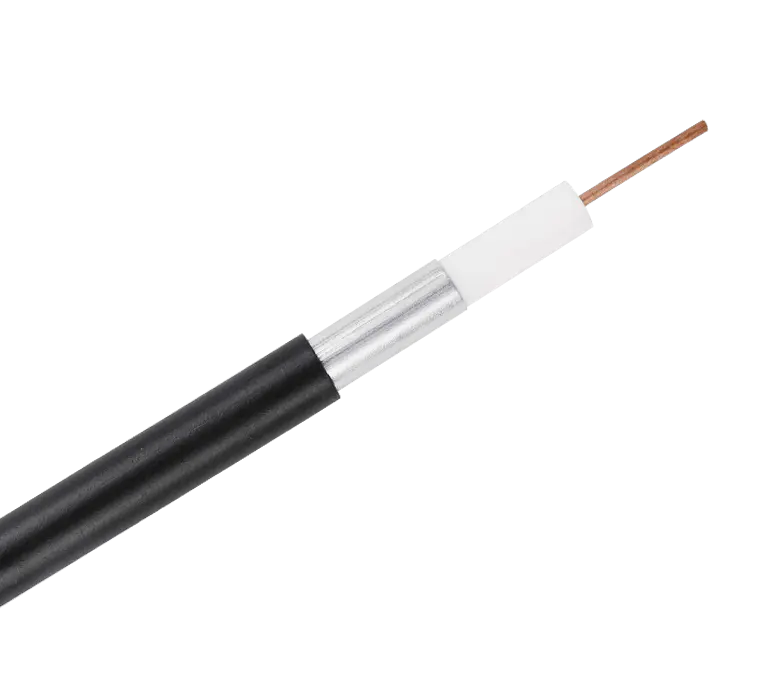
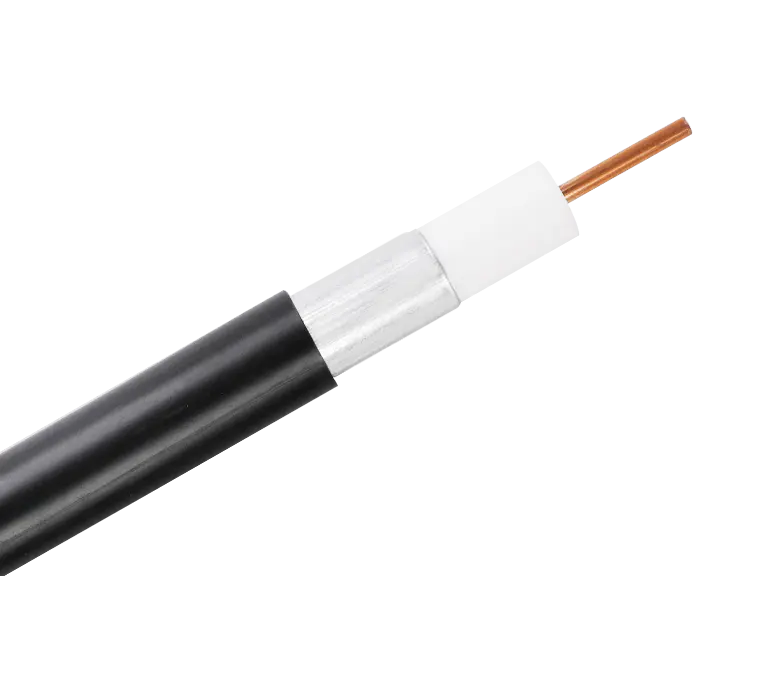
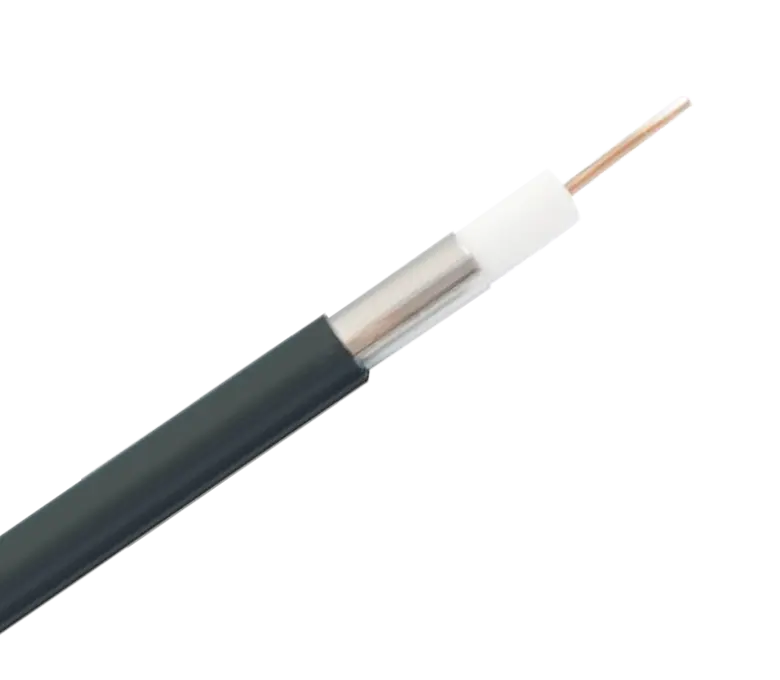
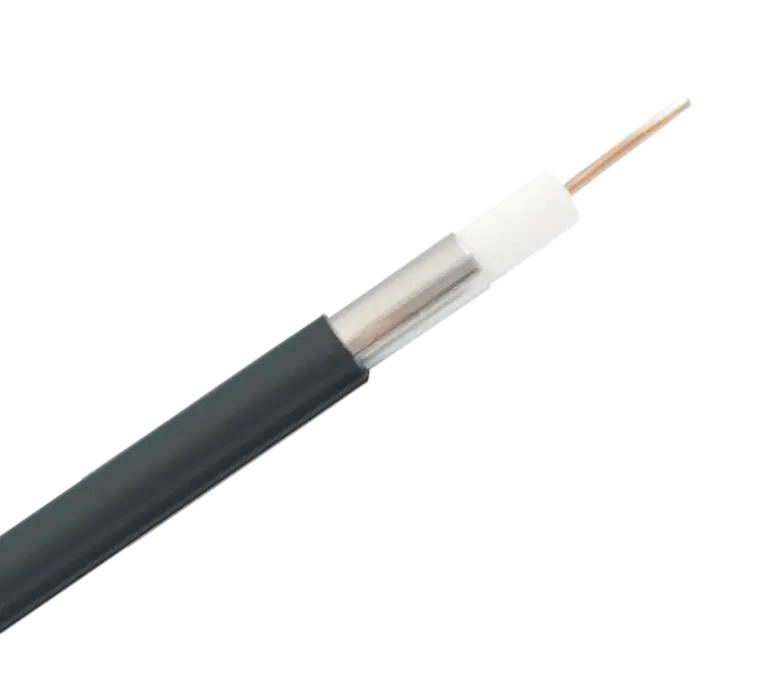
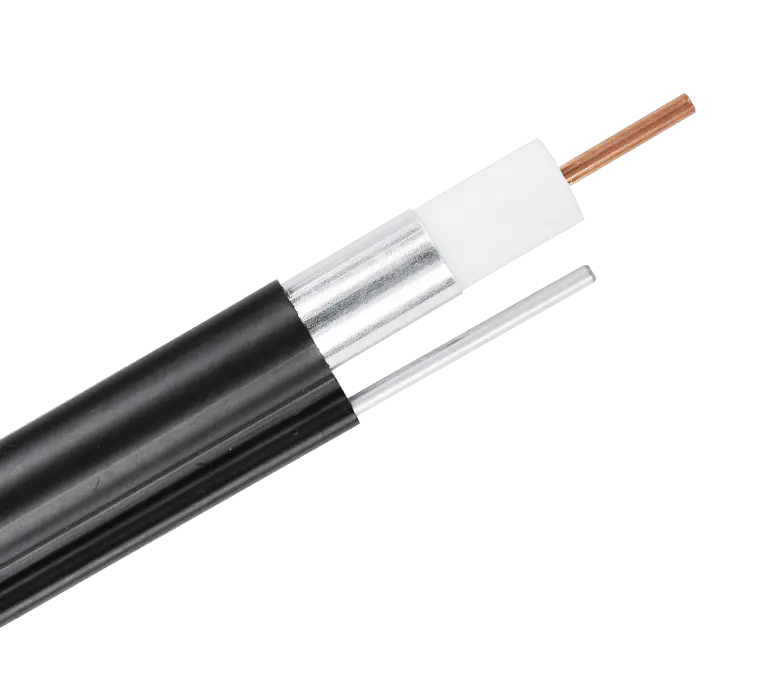
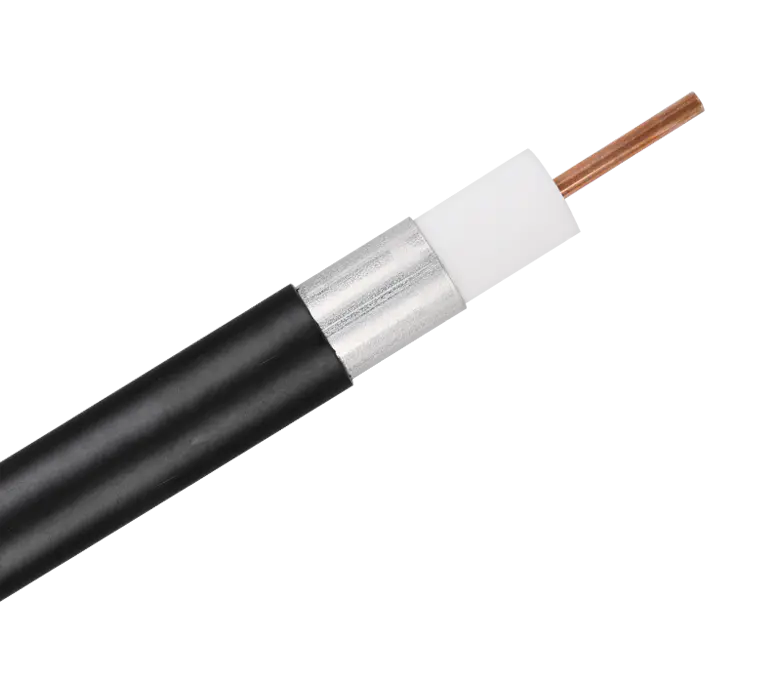
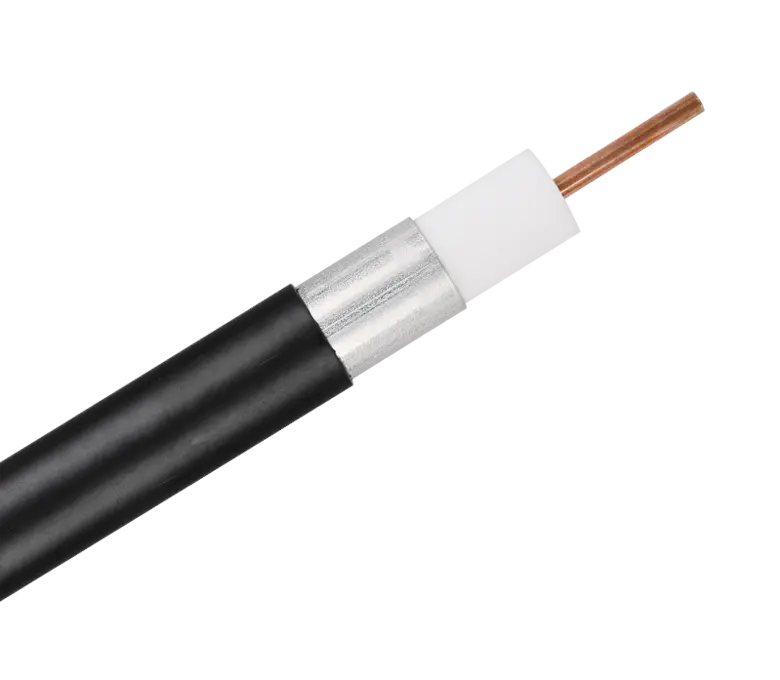
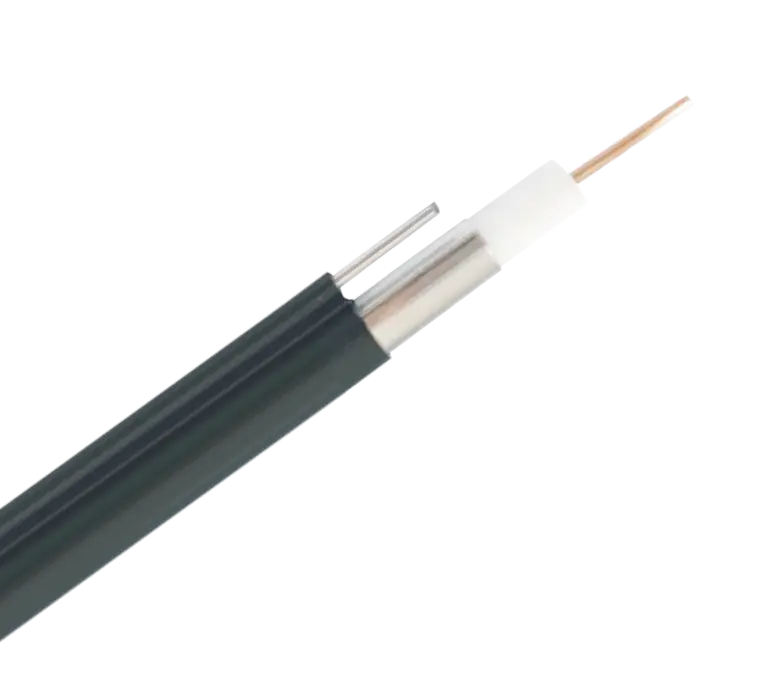
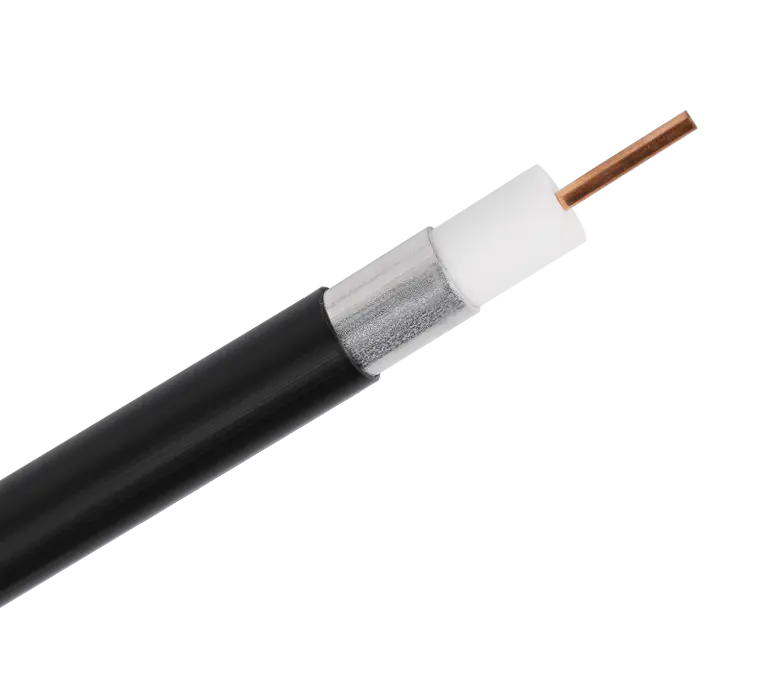
 浙公网安备33018502001191号
浙公网安备33018502001191号